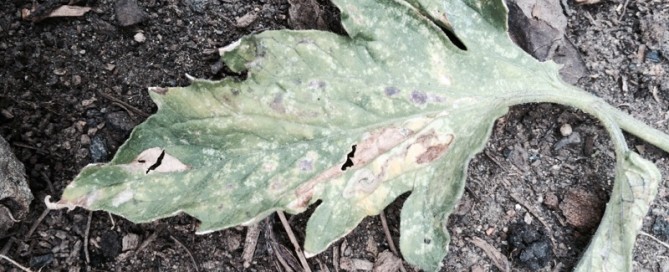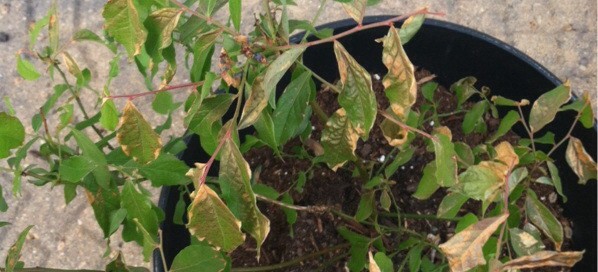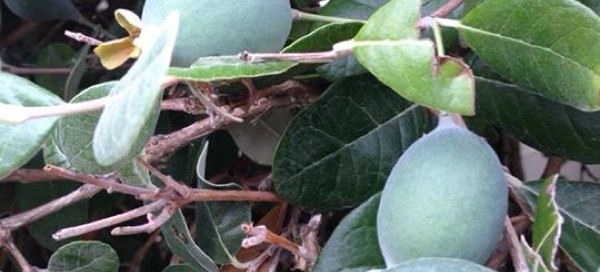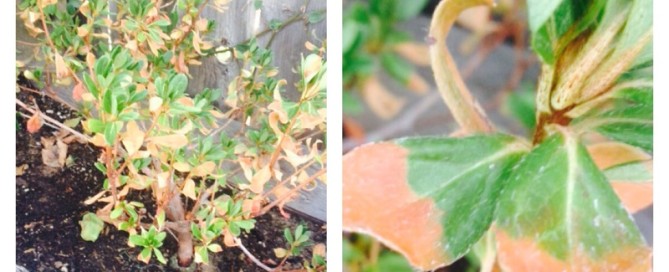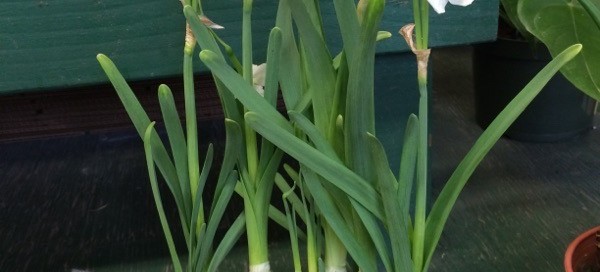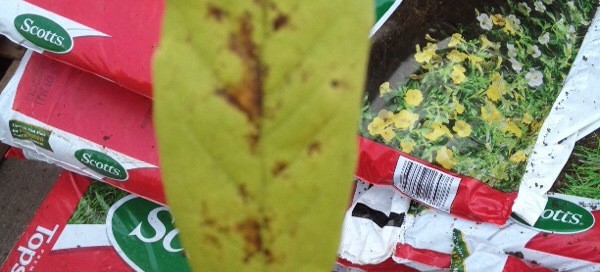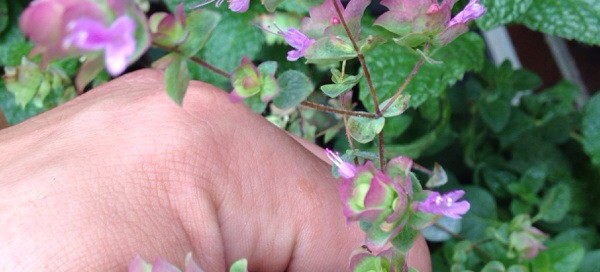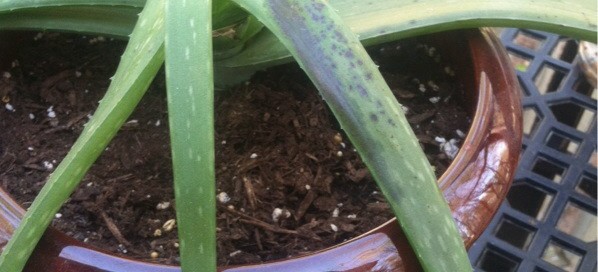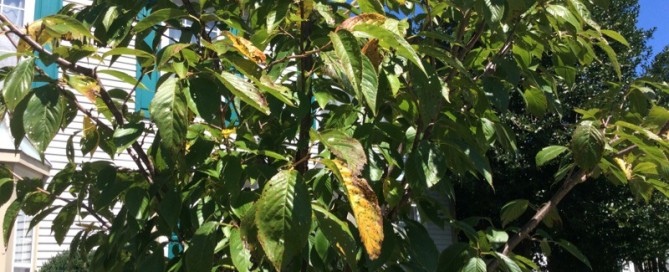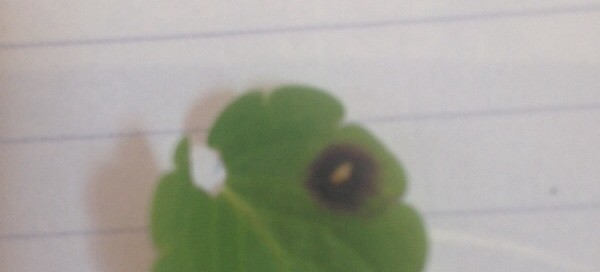Tomato Pests
Its hard to say from these photos, but it could be spider mites and/or disease. Spider mites are tiny spiders that require a magnifying lens to see, but if their numbers are great enough they can do severe damage, if not kill plants. Their feeding can also weaken a plant and make it more susceptible to diseases that may appear as discolored spots/tissues on leaves. Do the leaves have white or gray powdery spots or are the leaves covered with this substance. If so, this would likely be a fungal disease called Powdery Mildew. If this is the only leaf on the plant that is affected, then you've done the right thing by removing it but you should continue to examine the plant regularly for signs of this on other leaves. If there are more leaves affected, you can send another photo of the leaves still attached to the plant, and a picture of the plant itself, and we'll try again to narrow down the potential causes. In the meantime we recommend you take leaf samples sealed in a bag to a local garden center for further assistance. We've also included links with more information.
http://www.ipm.ucdavis.edu/PMG/GARDEN/VEGES/PESTS/tomrusmite.html
http://www.missouribotanicalgarden.org/gardens-gardening/your-garden/help-for-the-home-gardener/advice-tips-resources/pests-and-problems/insects/mites/spider-mites-outdoors.aspx
http://www.ipm.ucdavis.edu/PMG/GARDEN/VEGES/tomato.html
